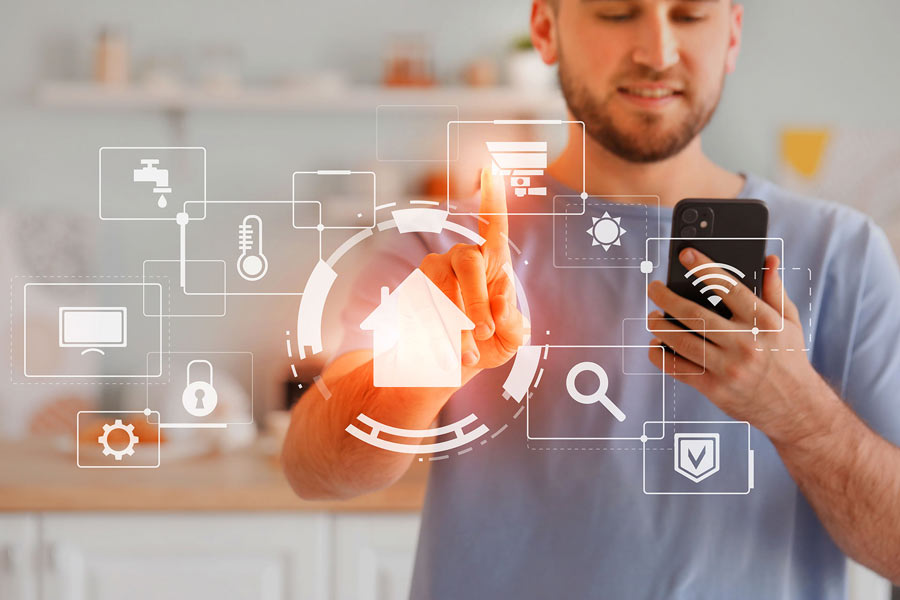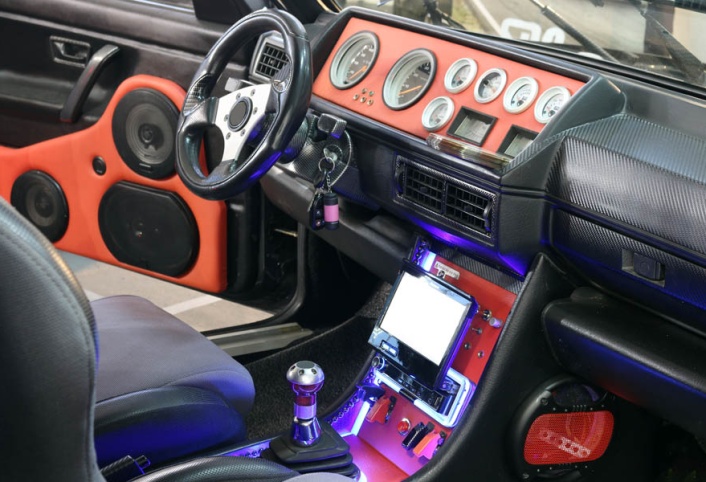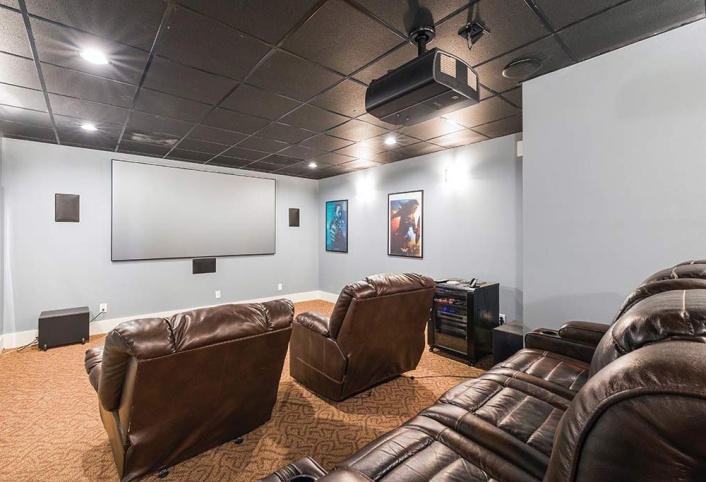Imagine coming home after a long day, and your house knows exactly how to make you comfortable. The lights dim to your preferred setting, your favorite playlist starts playing, and the thermostat adjusts to the perfect temperature. This isn’t a scene from a sci-fi movie; it’s the reality of personalized home automation. As technology continues to evolve, our homes are becoming smarter, learning our habits and preferences to create a seamless living experience. Let’s dive into the world of personalized home automation and explore the convenience it brings to our daily lives.
Understanding Personalized Home Automation
Defining Personalization
Personalized home automation goes beyond basic automation by tailoring experiences based on your habits and preferences. It’s not just about turning lights on and off or setting a schedule for your thermostat. It’s about your home understanding you. For example, if you like your coffee ready at 7 a.m., your home can learn this and ensure your coffee maker starts brewing at the right time. It’s about creating an environment that adapts to you, making your life easier and more enjoyable.
Technological Foundation
The backbone of personalized home automation is a blend of IoT devices, machine learning algorithms, and data analytics. Sensors placed around your home collect data on your habits and preferences. Smart devices like thermostats, lights, and speakers use this data to adjust settings automatically. Machine learning algorithms analyze patterns in your behavior to predict and respond to your needs. This seamless integration of technology allows your home to evolve with you, constantly improving its ability to cater to your lifestyle.
Benefits of Personalized Home Automation
Enhanced User Experience
The primary benefit of personalized home automation is the enhanced user experience. Imagine waking up to your favorite music, the perfect room temperature and the lights gradually brightening to mimic the sunrise. Your home can adjust to your preferences throughout the day, from adjusting the lighting for movie night to setting the ideal temperature for sleeping. This level of customization creates a comfortable and convenient living environment tailored just for you.
Time and Energy Efficiency
Personalized automation doesn’t just make life more comfortable; it also makes it more efficient. By optimizing energy usage based on your habits, smart homes can significantly reduce utility costs. For instance, your home can lower the thermostat when you leave for work and raise it just before you return, ensuring comfort while saving energy. Automation routines can also manage lighting, appliances, and security systems, reducing the time and effort you spend on daily tasks.
Applications in Daily Life
Smart Home Intelligence
Your smart home can learn and adapt to your behaviors over time. Imagine a morning routine where your home gradually wakes you up with soft lighting, starts the coffee maker, and turns on the news. Or consider grocery list management, where your refrigerator tracks items and adds them to your shopping list when supplies run low. Personalized welcome greetings, where your home greets you with your favorite settings, make coming home a delightful experience.
Health and Well-being Support
Personalized automation can also support your health goals. Integrations with health monitoring devices can help you maintain sleep schedules, remind you to hydrate, or track your fitness routines. For example, your home can dim the lights and reduce screen brightness to signal bedtime, helping you get a good night’s sleep. Reminders for medication or hydration can be integrated into your daily routines, promoting a healthier lifestyle.
Privacy and Security Considerations
Data Privacy Protection
With the benefits of personalized home automation come concerns about data privacy. It’s essential to address these concerns to ensure users feel safe and secure. Manufacturers implement measures like encryption and data anonymization to protect your information. You should have control over what data is collected and how it’s used, ensuring transparency and trust in your smart home system.
Security Protocols
Security is paramount in any smart home setup. Protecting your devices from cyber threats is crucial to maintaining the integrity and safety of your personal data. Best practices include using strong passwords, keeping software up to date, and employing secure networks. Additionally, many systems offer multi-factor authentication and regular security updates to safeguard against potential breaches.
Future Trends and Innovations
Advancements in AI and Machine Learning
The future of personalized home automation is bright, with advancements in AI and machine learning leading the way. These technologies will continue to enhance personalization capabilities, making smart homes even more intuitive. Imagine a home that not only reacts to your commands but also anticipates your needs based on predictive analytics and sophisticated algorithms.
User-Centric Design
User feedback and iterative improvements play a vital role in shaping the future of personalized automation. Emerging technologies and concepts, such as augmented reality interfaces and voice-controlled environments, will redefine how we interact with our homes. The focus will be on creating user-centric designs that offer a seamless, intuitive experience.
Conclusion
Personalized home automation is revolutionizing the way we live, offering enhanced convenience, efficiency, and satisfaction. By leveraging advanced technologies, our homes can adapt to our preferences, creating a living environment that’s uniquely ours. As innovation continues, the potential for further personalization and optimization in smart home environments is limitless. Embrace the future of home automation, and experience the transformative benefits of a home that knows you.




